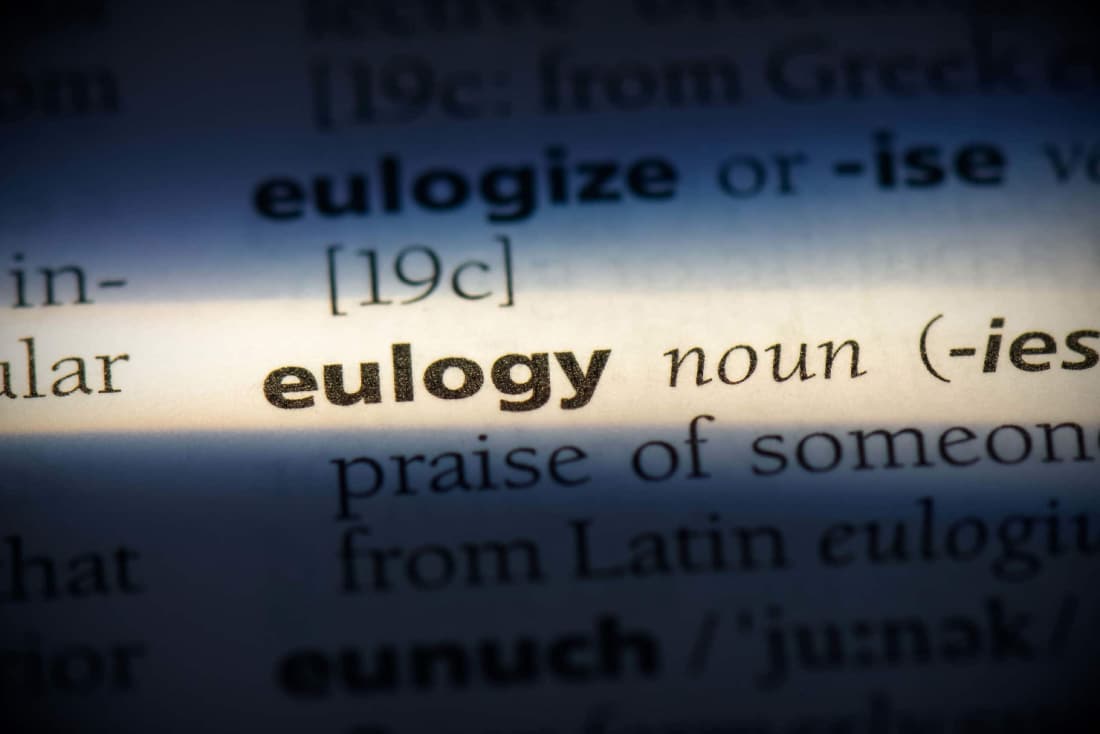Awhile back in our piece on Minimalism we touched on the topic of death. Inspired by John’s January newsletter reflections on the passing of both John Madden and Betty White, let’s take a moment to reflect on our own mortality.
After noting “be proactive” as habit #1, Steven Covey, author of the “The 7 Habits of Highly Effective People,” suggests in his 2nd habit that we “begin with the ultimate end in mind.” The ultimate end being our funeral.
This advice is not new.
Seneca, the ancient Stoic, tells us something similar. He famously suggested that a helpful way to understand if we’re living in integrity with what we know to be true is to rehearse our death.
Enter the eulogy virtues.
Let’s flash forward to the future.
You walk into a funeral and realize it’s your funeral.
You see people there to celebrate you and your life. You take a seat and listen to the eulogies.
Who says what? What would your spouse or significant other say? Your kids? Your friends? Colleagues? Random people you may have helped at some point in life?
What qualities would they mention? And what virtues would you hope to be remembered for?
Your kindness? Your courage? Your generosity? Your commitment?
How would your life change if you embodied these qualities and began living in integrity with your virtues today?
A Quick Trip to Hell
Now, imagine you’re sitting there listening to these eulogies and a door in the back of the room opens and someone walks in.
You turn around to see who it is. They look oddly familiar. They have a radiance and a confidence – a grounded power that’s palpable.
That astonishingly, radiantly alive person is you.
Well, technically, it’s who you could have become if you actually lived in integrity with what you knew to be true. Some would say meeting that version you, the person you could have become had you reached your potential, is hell.
Now pause.
Picture that awesome version of you.
What is one thing they do consistently that the current version of you doesn’t do consistently… yet?
Is today a good day to get started on that?




